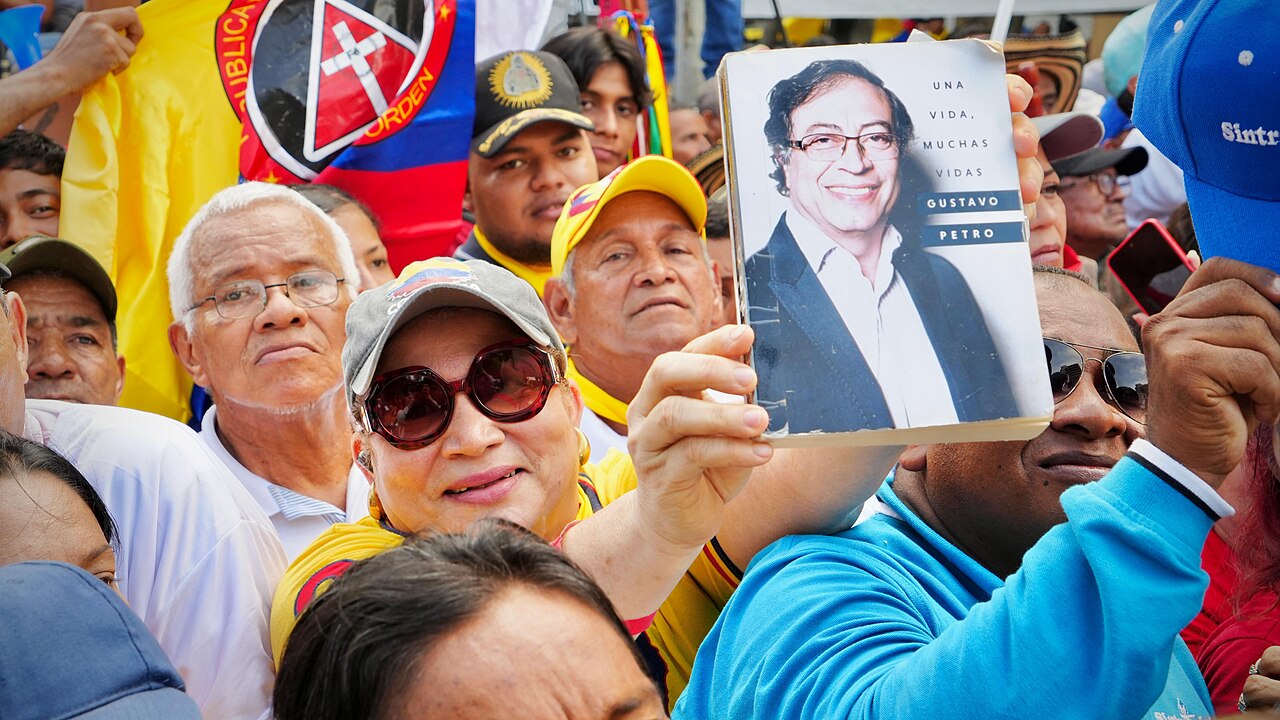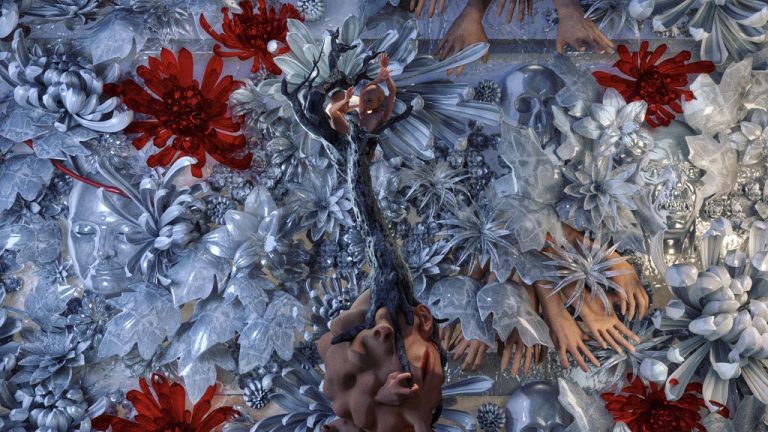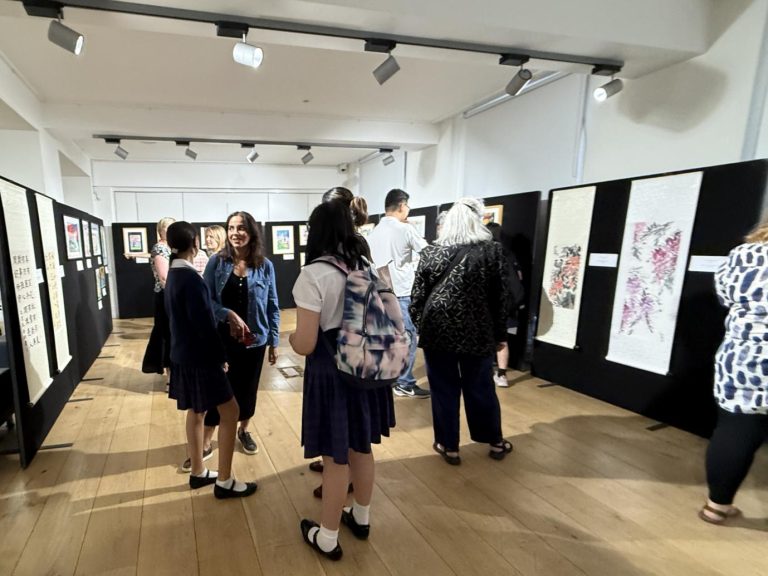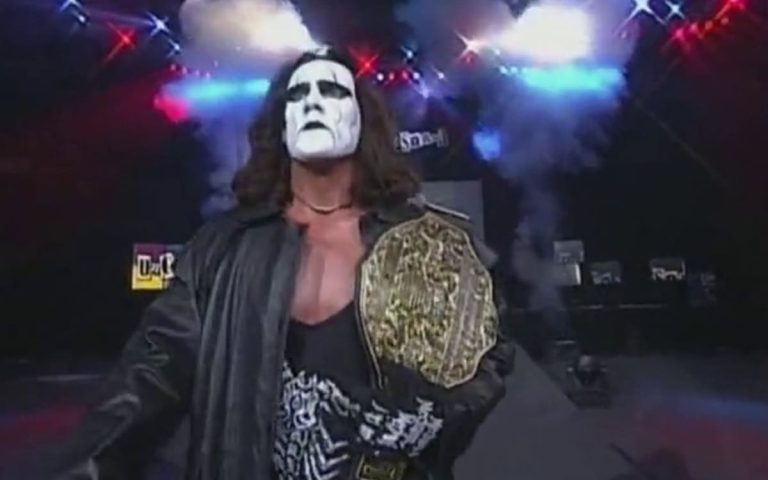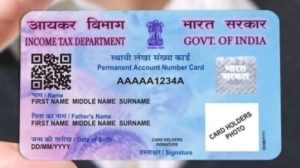… ever since 1789, there has been one magic word which contains within itself all imaginable futures, and is never so full of hope as in desperate situations – that word is revolution.
Simone Weil
Ever since he took office on 7 August 2022, the Colombian president Gustavo Petro has been trying to install a new revolutionary epic narrative into the country’s political culture. With King Felipe VI of Spain in attendance, he began his inaugural speech by ordering the soldiers of the Military House to bring out the sword of Simón Bolívar. This was the same sword said to have been stolen from the Liberator’s House Museum in Bogotá in 1974 by the 19 of April Movement (M-19), the guerrilla movement that Petro belonged to in his youth. The group returned it as a gesture of peace in 1991.
Displaying Bolívar’s sword was the first of several revolutionary gestures, symbols and rituals that have accompanied Petro’s presidency. Subsequent examples have included M-19 flags displayed at rallies alongside hats, cassocks and other relics, especially those of Jaime Bateman and Álvaro Fayad – Petro’s fellow underground members – and of the priest Camilo Torres, the charismatic leader of the National Liberation Army (ELN). These all come from Petro’s personal collection.
Petro’s convoluted and ambiguous statements on X (formerly Twitter) also deserve a mention. Sometimes they vindicate the M-19, which renounced violence in return for amnesty in 1990 and was the protagonist of the social reforms introduced by the 1991 Constitution; at other times, however, Petro appears nostalgic for the years in which guns tried to ignite revolution in Latin America. In another country this would be anecdotal, but not one that has been prolific in giving birth to novelists, cyclists, singers and guerrillas.
How can one explain revolutionary nostalgia in someone who has reached the pinnacle of power in a state he once fought with arms? Petro has, of course, kept to the demobilisation agreement and held positions of institutional responsibility for more than 30 years. Those who see him as a fifth columnist suffer from one of the political diseases of our time, in which the words ‘fascist’ and ‘communist’ are attributed to ideological adversaries with fanatical casualness.
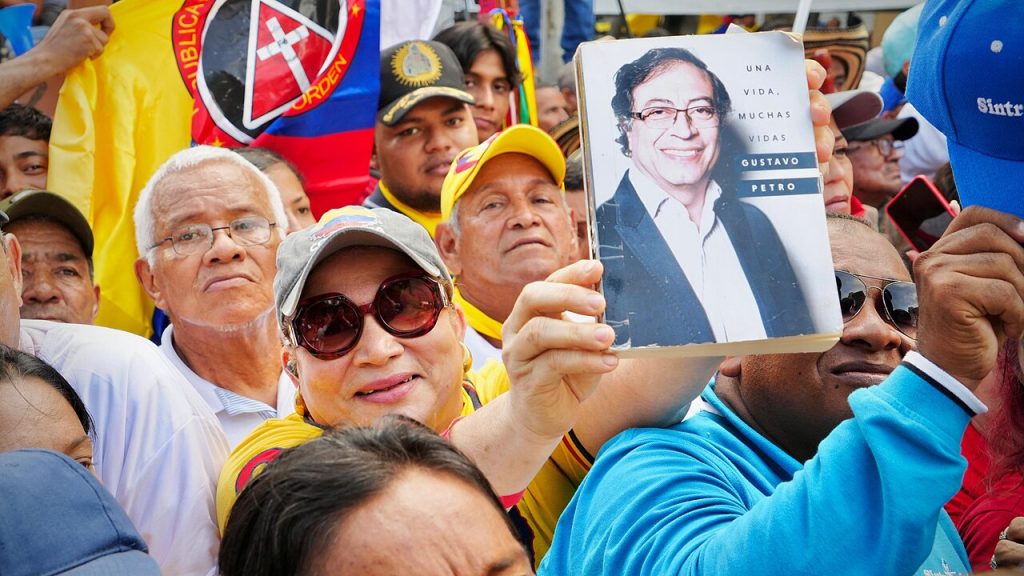
Fotografía oficial de la Presidencia de Colombia. 20 May 2025. Source: Wikimedia Commons
But it is true that two souls coexist in Petro, which fight a battle between the statesmanlike superego and the revolutionary id; between the politician who must compromise and the loquacious revolutionary. The first leftwing leader in the country’s republican history came to power preceded by accumulated discontent, which exploded in the streets between 2019 and 2021. However, without majorities in Congress, in combination with his deep-rooted contempt for administrative technocracy and incorrigible personalism, it soon became clear that improvisation and outdated statism would shape Petro’s widely anticipated reforms. Sometimes due to incoherence, at other times to inefficiency, deep cracks have appeared in Petro’s narrative of ‘change’. It is no coincidence that his half-reformist, half-revolutionary and always ambiguous proclamations appear when public support is waning. For Petro, the past is a lifeline.
The revolution after the Revolution
Although the revolutionary myth has never had the political and cultural weight in the history of Colombia that it had in Chile with Allende, or in Mexico with its nationalist project, Petro invokes an updated version of the same. This consists of making the country a ‘world power of life’, whose pillars are peace negotiations with armed groups, a green economy, the promotion of biodiversity, and the visibility of the historically excluded. Readers with sufficient patience will recognise in his speeches at the United Nations will recognise a mix of Eduardo Galeano, Fidel Castro and Hugo Chávez, a trademark of the rhetoric of the old Latin American Left.
There are laudable intuitions underlying Petro’s programme. But the Colombian government shares the paradox of contemporary leftwing parties worldwide: they achieve relative success by placing progressive sensitivities on the global agenda (post-neoliberalism, the environment, identities, equality, feminism, fiscal justice, recognition), but face enormous difficulties in agreeing on and implementing effective and sustainable measures. Politics, as statesmen and stateswomen know, is not the realm of good ideas or one-off successes, but of possible collective projects.
Realism means knowing what battles to fight. However, in his self-staging as regional revolutionary leader, Petro has armed himself with a paper sword – the emaciated anti-Americanism that has never taken root in a nation that as recently as 2023 received $389 million in aid from the United States – and, like a lost Quixote, has confronted Donald Trump. In demanding decent treatment for deported migrants, he is no doubt supported by powerful ethical and legal justifications. But his disdain for the incalculable economic cost of a tariff war with his main trading partner has brought the most populist and demagogic version of his politics to the table once again. As we well know, revolutionaries tend to get their sums wrong.
The last Buendía
In Colombia, Petro’s most intransigent critics refer to him a ‘guerrillero’ with the same casualness as the current president, in his days as a congressman, called his opponents ‘paramilitaries’ or ‘mafiosi’. Obviously, this is permitted in the democratic debate, but it also contains a historical inaccuracy: Petro was never a guerrilla in the way that Manuel Marulanda Vélez (FARC) or Fabio Vásquez Castaño (ELN) were. Nor did he occupy a leading position in the M-19, which emerged as an armed organisation following the fraud perpetrated against the former dictator Gustavo Rojas Pinilla as the candidate for the National Popular Alliance (Anapo) in the presidential elections of April 1970.
The M-19 – or ‘MM’ as it is colloquially known – is the most romanticised guerrilla organisation in Colombian history. In his memoirs (Una vida, muchas vidas, 2021), Petro attributes to the movement a pioneering role in tolerance towards homosexuals under the guidance of the poet Luis Vidales. However, he says not a word about the execution of the trade unionist José Raquel Mercado in 1976, an act that shocked the public.
The M-19 defined itself as a nationalist and popular movement, two adjectives unusual in Colombia’s idiosyncratic political history. But in the ’70s and ’80s, when the country lived under a state of siege, and when dissidents and suspected socialists were subject to state repression and persecution, the ‘MM’ attracted widespread sympathy. This cultural and emotional atmosphere has been superbly recreated by Juan Gabriel Vásquez in his novel Los nombres de Feliza. However, it was not its resistance to authoritarianism that gave the M–19 a place in the history of Colombian democracy, but its demobilisation in 1990 and subsequent electoral success as the third political force involved in drafting the constitution, together with the Liberal and Conservative parties.
Just as Petro was not a typical guerrilla fighter, so the M–19 was not a typical guerrilla group. Rather, it saw itself as a revolutionary army that, like Simón Bolívar’s campaign against the royalists, fought for ‘real democracy’. The M–19 came to be perceived as a popular armed organisation with its own thinking, distinct from Stalinism, Maoism and Guevarism. It is remembered more for its stunts – the theft of Bolívar’s sword in 1975, the capture of 5000 weapons from a military garrison in 1979, the occupation of the Dominican Republic Embassy in 1980, the assault on the Palace of Justice in 1985 – than for its kidnapping and murder of dozens of civilians.
This ambiguity has accompanied Gustavo Petro’s career since he was 18 years old. It explains his typical combination of nationalist rhetoric, internationalist messianism and patriotic folklore. The M–19 is Petro’s first love, the one he never forgets and that becomes idealised over the years. This ever-present past defines the character of this melancholic revolutionary, his tendency to surround himself with unconditional supporters, his unconcealable disdain for administering and governing, and his preference to preach day and night about the world apocalypse, distant conflicts and utopian solutions.
The revolutionary president likes to compare himself to Colonel Aureliano Buendía, the protagonist of Gabriel García Márquez’s One Hundred Years of Solitude, presumably because of his courage to wage battles whenever he can – as long as his adversary is not leftwing. But in fact, Petro is more like José Arcadio Buendía, the colonel’s father. His revolutionary sermons are a 2.0 version of the stubbornness with which the founder of Macondo, the city of mirrors in Márquez’s book, spoke endlessly about his potions.
This article is part of Global Conversations – a project supported by Open Society Foundations. The original Spanish version is published online in Letras Libres 24 January 2025.
